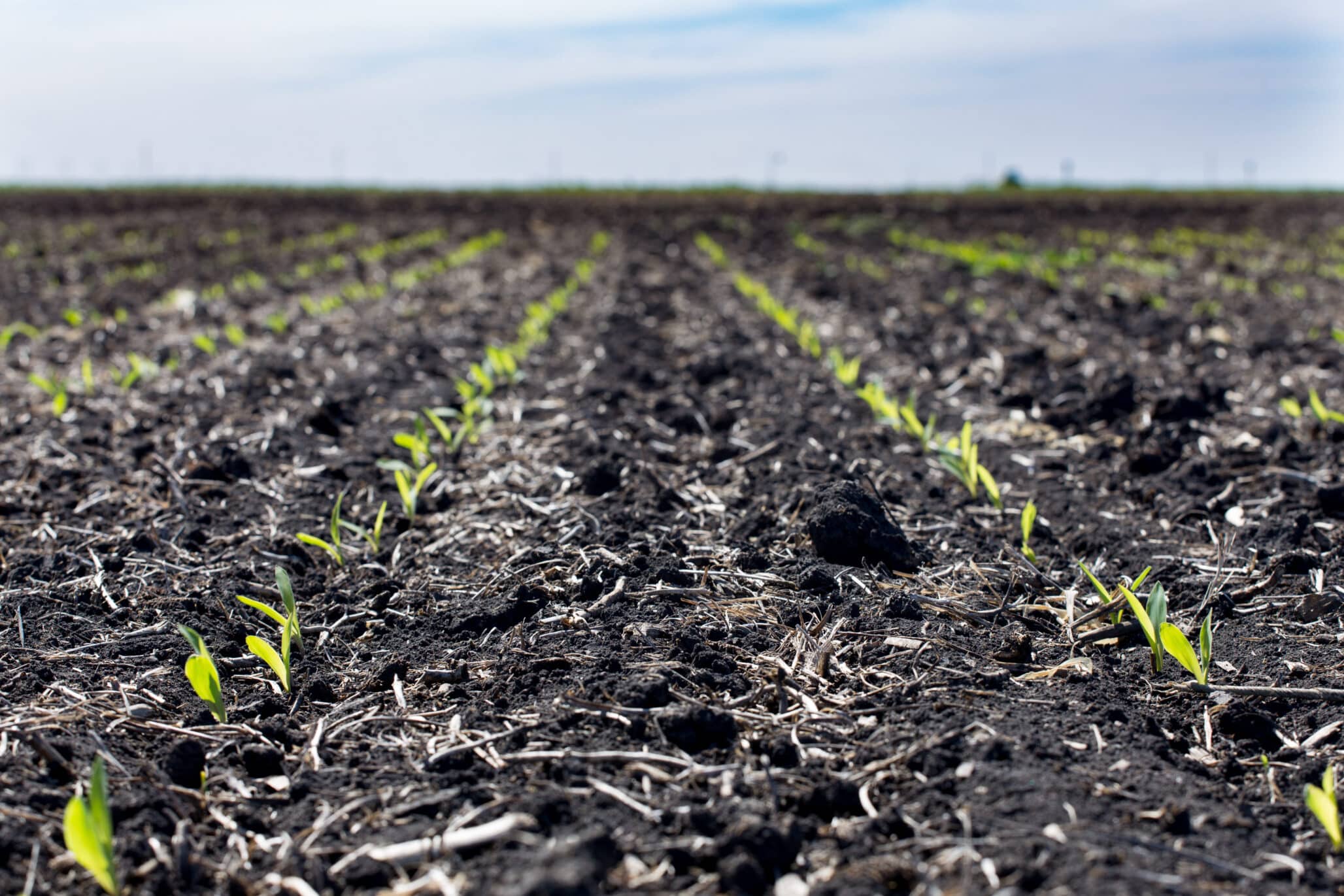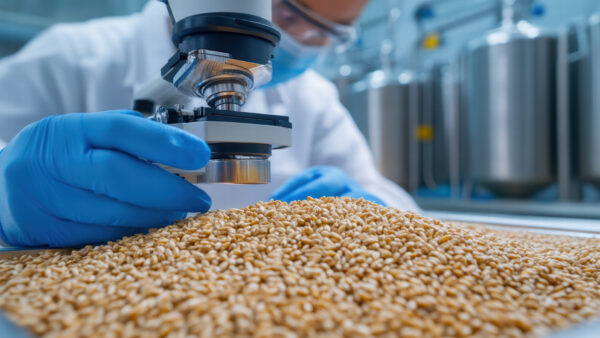I can’t help but smile when someone says “April showers bring May flowers.” Sure, it sounds poetic, but if you’re in the middle of planting season, like many of us are, that phrase takes on a whole new meaning. It’s more like “April showers bring May emergence headaches.”
We’ve got about three to four weeks of optimal planting conditions in the United States, depending on the region. That’s not a long window. And every year, growers push a little earlier — trying to get ahead of the curve, beat the long planting drag that spring rains and equipment gremlins tend to throw at us. Can’t blame them. Planting is the moment of truth, the start line for yield potential. And, when it comes down to it, success during this critical time really hangs on three things: quick emergence, uniformity, and spacing.
Let’s talk emergence. If we want that seed to pop up and get going, there’s a laundry list of factors we must balance — soil temperature, moisture, compaction, fertility, salinity, crusting, even planting dates. It’s not just about getting seed in the ground; it’s about setting it up to sprint. Take soybeans, for instance. Hitting that mid- to late-April planting window? That alone can mean up to 12 extra bushels per acre. But it’s not just the numbers. Faster germination gives seedlings a leg up — stronger, healthier plants that can take on the challenges ahead, from pests to unpredictable weather.
Now, even if you get seeds to emerge quickly, that’s only part of the puzzle. Uniformity might be one of the most overlooked game-changers. You’ve got to have your plants rising in sync. A few stragglers here and there may not seem like a big deal, but when just two out of ten corn plants show up late — like, day 3 or later — you could be looking at losing up to 32 bushels per acre. That’s not a rounding error. That’s real money left in the field. Soybeans tend to be last in line when planting is rushed, and when you’re pushing tractor speed, uniformity goes out the window. That’s a tough pill to swallow when you know it’s avoidable.
Then there’s spacing. Everyone wants their crop to have a fair shot at water, nutrients, sunlight, and airflow. Miss that mark and plants start fighting each other for what they need. Even small gaps, say 16 to 33 inches, can shave off up to 2% of yield potential. Bigger gaps—4 to 6 feet—can mean a 5% hit. The numbers might seem small, but multiply that across your acres, and it adds up fast.
Don’t let April showers steal your May emergence. Build a seed enhancement strategy that’s grounded in science, with multiple modes of action that give your seed the best shot possible. Plan for performance now. Monitor how your seed emerges this season — take notes, pay attention — and start making decisions that will shape what 2026 looks like. Every seed deserves its chance to grow. And every farmer deserves the yield. Let’s grow.








